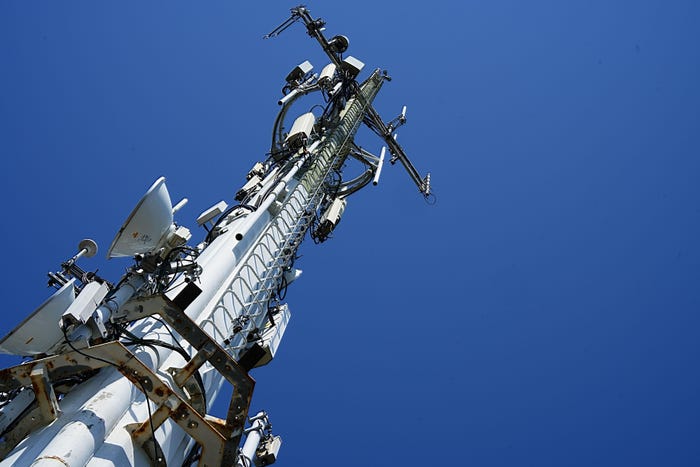Vietnam seeks to triple the number of subsea cables by 2030
Vietnam's Ministry of Information and Communications (MIC) has approved a strategy that would see at least ten new subsea cables built by 2030, bringing their total number to 15.

Vietnam is reportedly planning to triple the number of submarine cable systems that connect the country to the outside world within the next six years.
According to a report by state-backed Vietnam News Agency (VNA), the country's Ministry of Information and Communications (MIC) has approved the strategy that would see the construction of at least ten new subsea cables by 2030, bringing the total number of subsea cables to 15.
The plan to expand the number of Vietnam's subsea cables came within days after reports came out last week that three of the country's five offshore cables have suffered a full or partial outage, slowing Internet speeds nationwide.
According to VNA, the MIC has appointed the Department of Telecommunications to oversee the implementation of the strategy to expand the number of Vietnam's subsea cable systems.
Timelines set
The VNA report said four new subsea cables are expected to be operational by 2027, bringing the total capacity to at least 134 Tbit/s. The other six cable systems are set to come into service between 2028 and 2030, which will increase the total design capacity of marine fiber optic cables in Vietnam to a minimum of 350 Tbit/s. In both cases, at least one of the routes will be owned by Vietnam.
The report added that the MIC also planned for at least two international land fiber optic cable lines by 2030 to ensure total capacity on land is at least 15% of the actual used capacity of the marine system.
Under the MIC strategy, the country will keep Singapore, Hong Kong and Japan as the main digital hub connections, while periodically reviewing and evaluating digital hubs to add appropriate connection points.
Besides introducing redundancy to the country's digital connectivity by building new subsea cables, the added capacity is essential to Vietnam's bid to become one of the data center hubs in Southeast Asia.
At present, Vietnam has five international subsea cable systems with total capacity of 34 Tbit/s, while two land cable systems connecting Hong Kong and Singapore have a total capacity of 5 Tbit/s.
Read more about:
AsiaAbout the Author(s)
You May Also Like



.jpeg?width=700&auto=webp&quality=80&disable=upscale)










